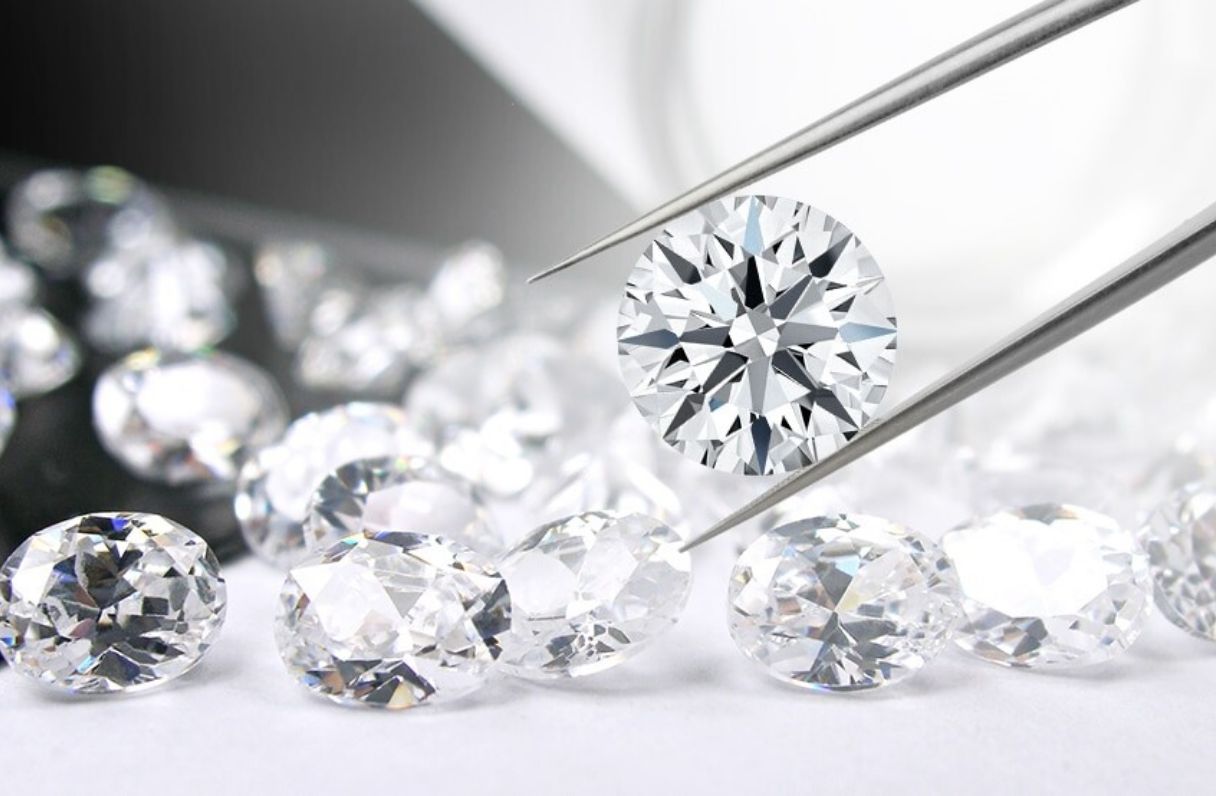In recent years, the jewelry industry has witnessed a significant shift towards sustainability and ethical practices, particularly in the realm of engagement rings. As consumers become increasingly aware of the environmental and social impacts of traditional diamond mining, many are turning to lab-made diamonds as a more ethical alternative. This article explores the benefits of lab-made diamonds, the growing popularity of ethical engagement rings, and how these innovations are shaping the future of the jewelry market.
Understanding Lab-Made Diamonds
Lab-made diamonds, also known as synthetic or cultured diamonds, are created using advanced technological processes that replicate the natural conditions under which diamonds form in the Earth. These diamonds possess the same physical, chemical, and optical properties as their mined counterparts, making them indistinguishable without specialized equipment. The two primary methods for creating lab-made diamonds are High Pressure High Temperature (HPHT) and Chemical Vapor Deposition (CVD). The HPHT method mimics the natural conditions of diamond formation by applying extreme pressure and temperature to carbon sources. In contrast, CVD involves placing a carbon source in a vacuum chamber and using heat and gas to encourage the growth of diamond crystals. Both methods produce diamonds that are ethically sourced, environmentally friendly, and often more affordable than mined diamonds.
The Ethical Implications
Environmental Impact
Traditional diamond mining is associated with significant environmental destruction, including deforestation, soil erosion, and water pollution. Mining operations often consume vast amounts of energy and water. In contrast, lab-made diamonds require significantly less land and natural resources, making them a more sustainable option for eco-conscious consumers. The reduced ecological footprint of lab-made diamonds appeals to individuals who prioritize environmental sustainability in their purchasing decisions.
Social Responsibility
The diamond mining industry has long been linked to human rights abuses, including labor exploitation and funding for conflict. Lab-made diamonds eliminate these ethical concerns, as they are created in controlled environments where workers are treated fairly, and labor conditions are monitored. This aspect of lab-made diamonds resonates with consumers who value social responsibility and want their engagement rings to reflect their ethical beliefs.
Transparency and Traceability
Consumers today demand transparency regarding the origins of their purchases. Lab-made diamonds offer a clear supply chain, allowing buyers to know exactly where their diamond comes from and how it was produced. This transparency fosters trust and confidence in the purchase, making lab-made diamonds an appealing choice for those who wish to make informed decisions.
The Growing Popularity of Ethical Engagement Rings
The increasing demand for ethical engagement rings has prompted many jewelers to expand their offerings to include lab-made diamonds. As more consumers prioritize sustainability and ethics in their buying decisions, the market for lab-made diamonds continues to grow. Many couples are now choosing these alternatives as a way to signify their commitment while aligning their values with their purchasing choices.
The cost-effectiveness of lab-made diamonds is another significant factor contributing to their popularity. Because lab-made diamonds can be produced more efficiently than mined diamonds, they often come at a lower price point. This affordability allows couples to invest in larger or higher-quality stones than they might be able to afford with a mined diamond.
The Future of Engagement Rings
As the conversation around sustainability and ethical practices in the jewelry industry continues to evolve, lab-made diamonds are poised to play a crucial role in shaping the future of engagement rings. With growing consumer awareness and demand for ethical options, it is likely that the market for lab-made diamonds will expand further, leading to increased innovation in design and production methods.
In addition to lab-made diamonds, many jewelers are exploring alternative materials and stones, such as recycled metals and ethically sourced gemstones. This movement towards more responsible sourcing practices reflects a broader trend in consumer behavior, where individuals seek products that align with their values.
Conclusion
Ethical engagement rings featuring lab made diamonds represent a transformative shift in the jewelry industry. By prioritizing sustainability, social responsibility, and transparency, these alternatives are redefining what it means to celebrate love and commitment. As consumers become more conscious of their purchasing decisions, the popularity of lab-made diamonds is likely to continue growing, paving the way for a more ethical and sustainable future in the world of engagement rings.




